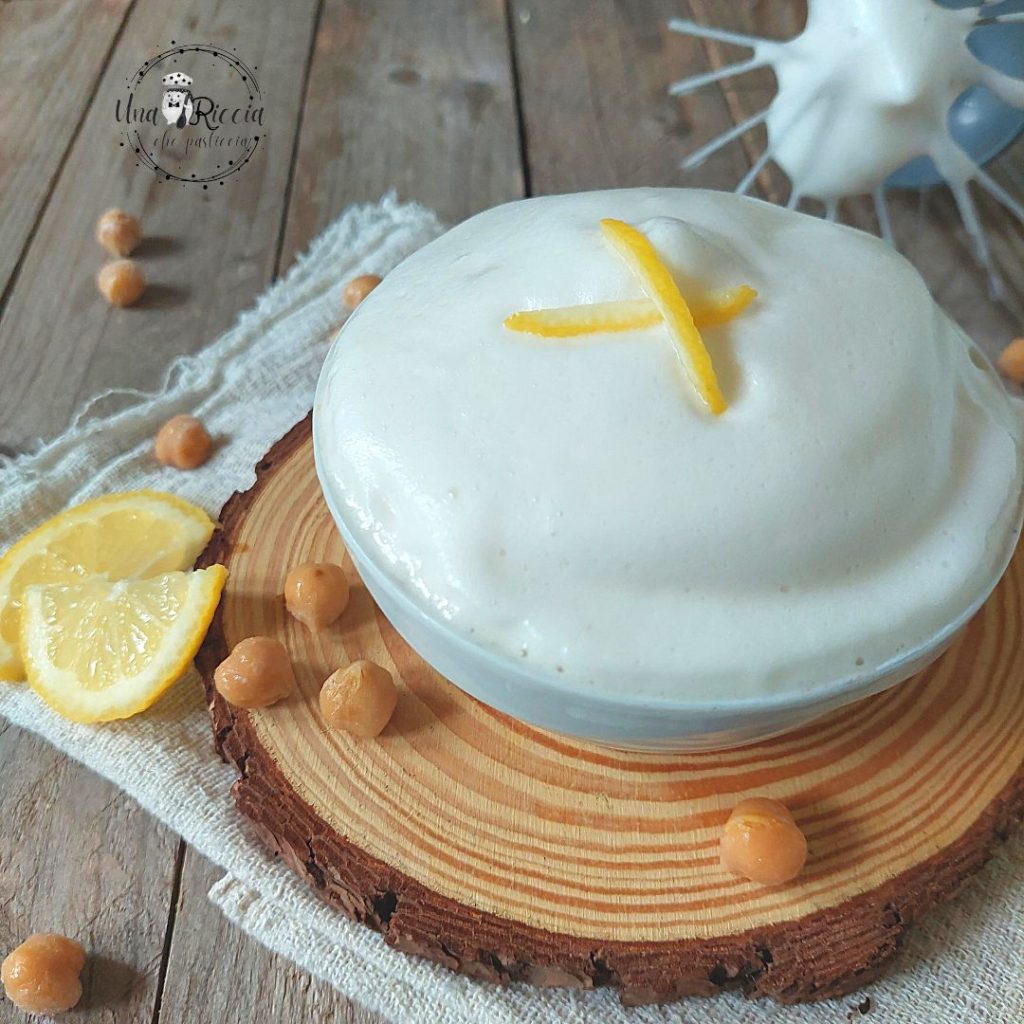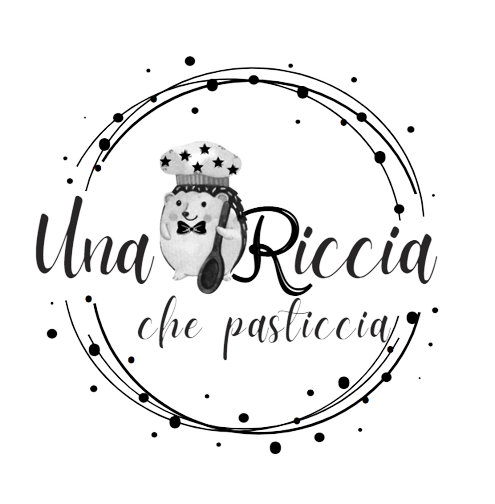Today non-recipe recipe, I talk about aquafaba, better known as aquafaba, an egg substitute.
Let’s start by explaining what it is, and without beating around the bush, I’ll tell you it’s simply the storage water or cooking water of legumes, preferably chickpeas or cannellini beans.
This liquid has a “magical” property, indeed it can whip just like egg whites but is less stable so it must be used immediately in your recipes.
But let’s start from the beginning, in 2014 a vegan cooking enthusiast, Joel Roessel, was looking for something to replace eggs in his recipes and realized that the cooking water of legumes could become a foam. Over time, others studied it and discovered that, when whipped, it could be used to make meringues, ganache, mayonnaise, and other delicious preparations. It was in 2015 that Goose Wohlt, an American electronic engineer, named it aquafaba by combining the Latin words aqua and faba (water and bean).
Aquafaba is often considered a food waste and therefore, in most cases, thrown away. Its unique mixture of starches, proteins, and other soluble plant solids gives it emulsifying, foaming, binding, and thickening properties.
Aquafaba as it is does not have a particular taste and thus mainly serves to improve the texture of various preparations, making doughs and preparations softer and fluffier. Using it you won’t taste the legumes at all.
I recommend using the storage water of chickpeas in glass jars because it is clearer and more transparent, it is also possible to use the cooking water of chickpeas or dried beans cooked by us, but you don’t always get the desired result because, when preparing it ourselves, we don’t always manage to achieve the right percentage and presence of necessary proteins and starches.
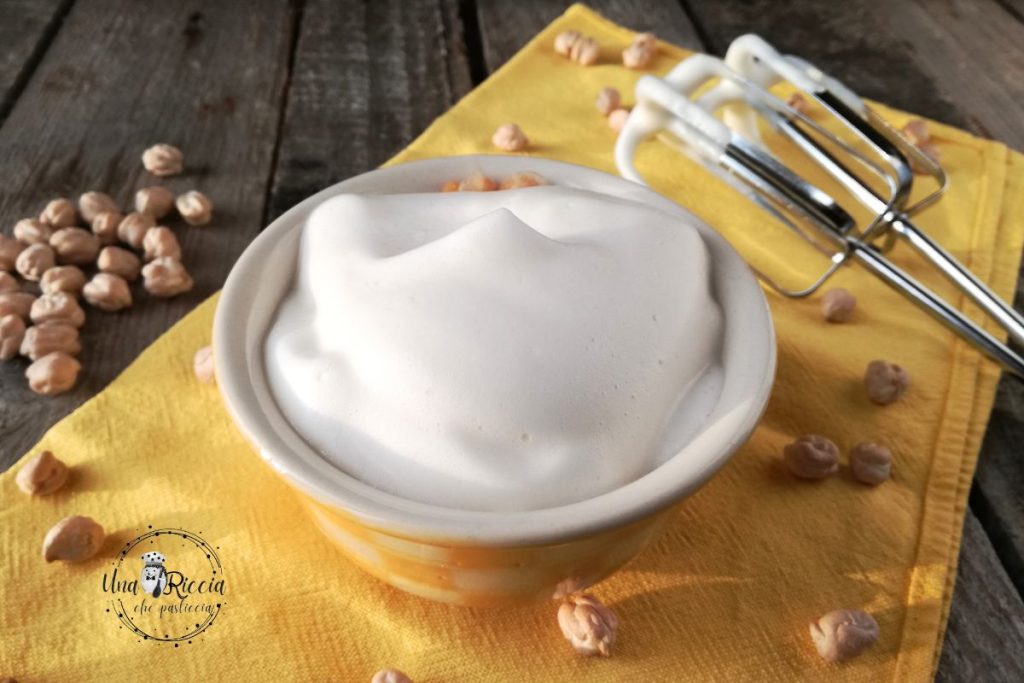
- Difficulty: Very Easy
- Cost: Very economical
- Preparation time: 10 Minutes
- Cooking methods: No cooking
- Cuisine: Vegan
Ingredients
- 2/3 cup Aquafaba (cold)
- 2 drops lemon (optional)
Tools
- 1 Stand Mixer
Let’s get started!
As mentioned earlier, to whip aquafaba or aquafaba well, it must be very cold from the fridge.
Once this is done, the rest will be done by our stand mixer or electric whisks, indeed it will be sufficient to pour the chickpea liquid into the bowl and activate to make them firm and compact. If desired, it is possible to add two drops of lemon, but I assure you that even without them, the taste of legumes will not be noticeable.
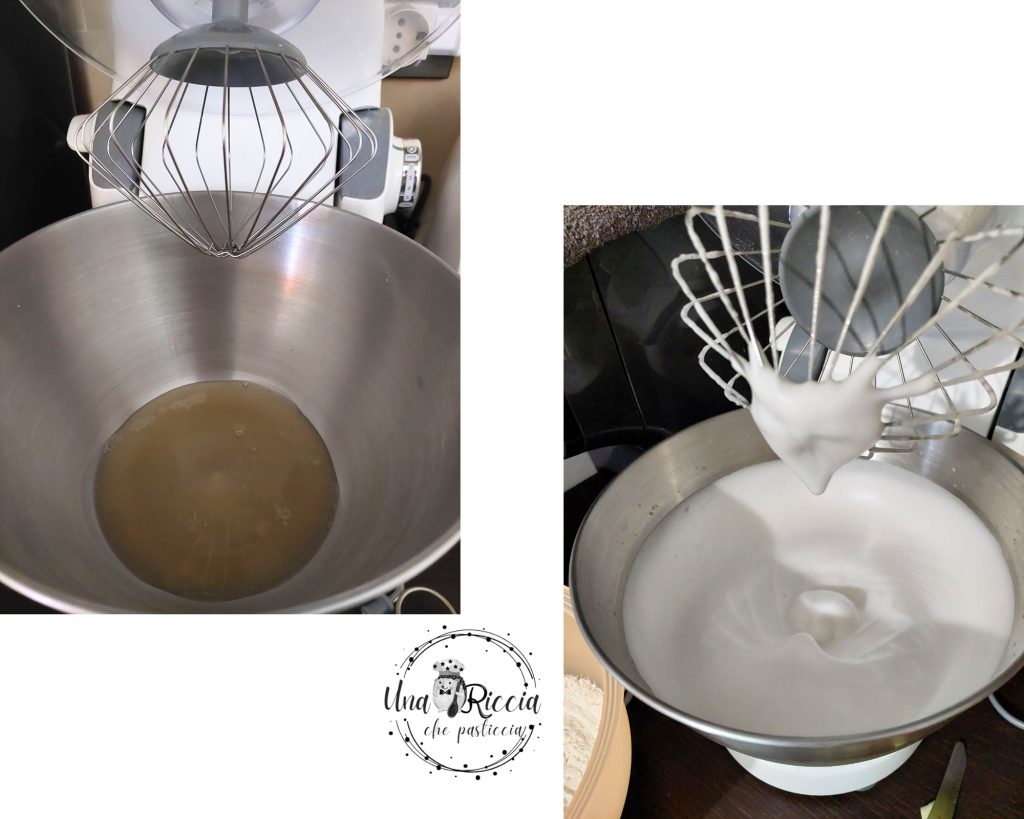
Zsu Dever, a Californian author and writer of some best sellers on nutrition, describes in one of her books on aquafaba 3 ways to whip it:
Soft peaks: A quick initial hand whisk and then in the stand mixer for three to four minutes.
Medium peaks: whisk at medium-high speed for about 10 minutes. The final consistency is more substantial and fluffy.
Stiff peaks: whisk for at least 15 minutes. A denser mixture is obtained by adding granulated sugar.
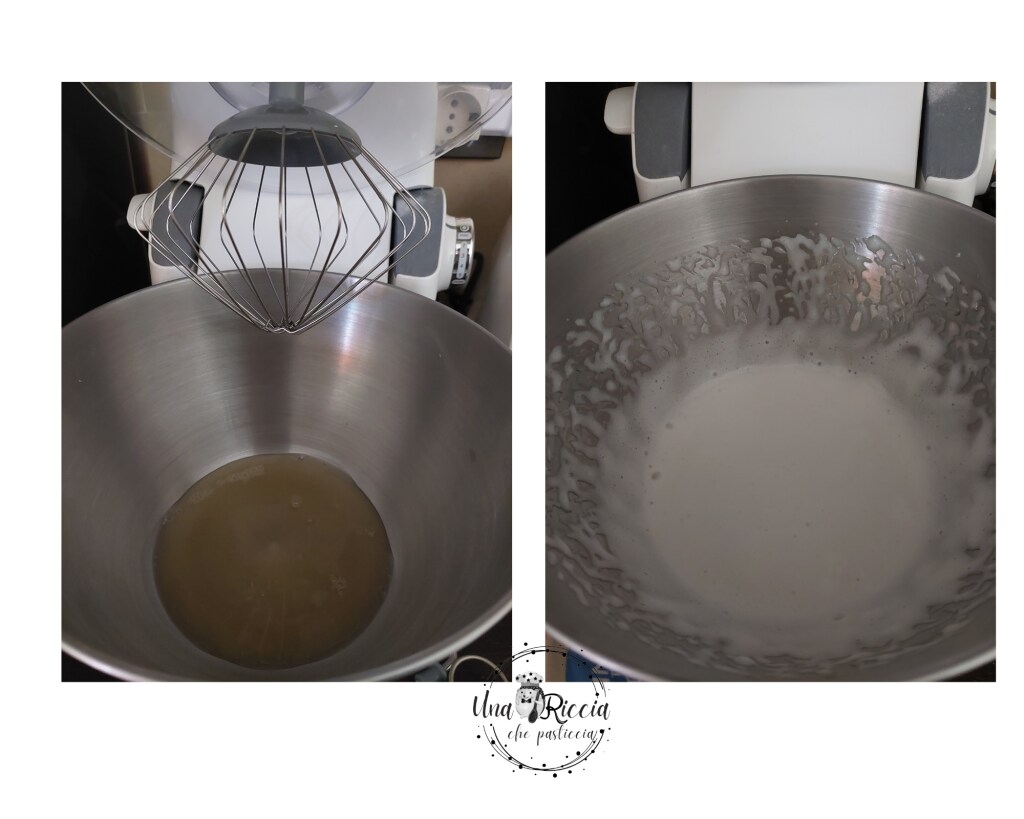
A Curly Girl Recommends
Since discovering the use of aquafaba or aquafaba, I always keep a jar of chickpeas (which I love) in the fridge, so I always have it available, and then, what’s more satisfying than not throwing something away?! #zerowaste #behappy


